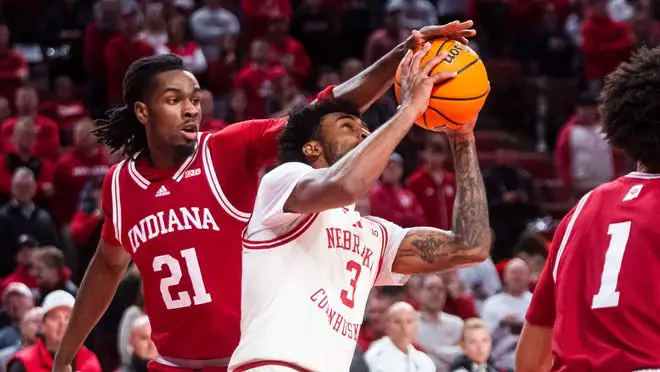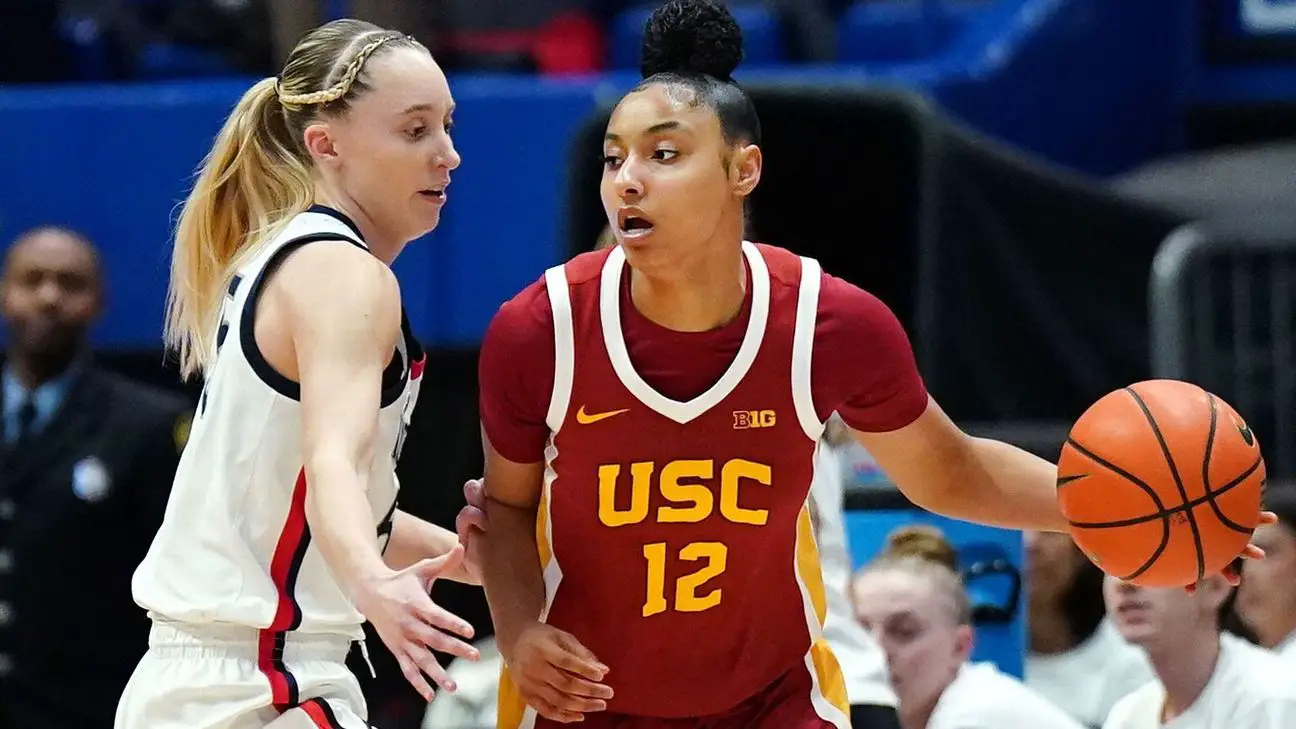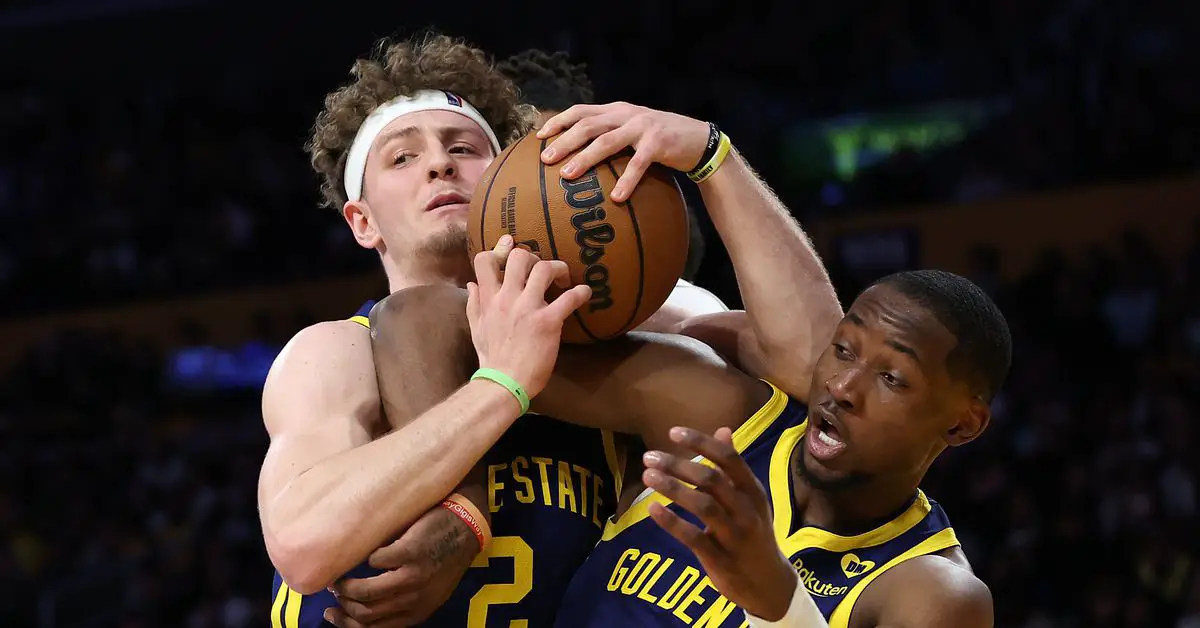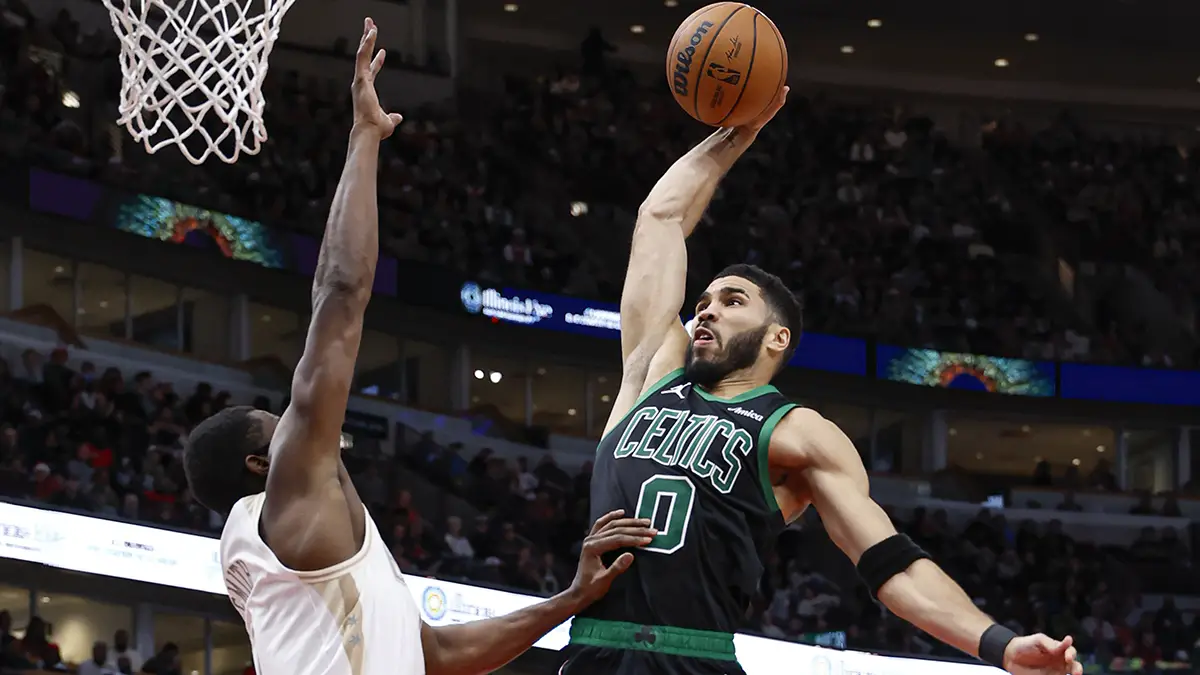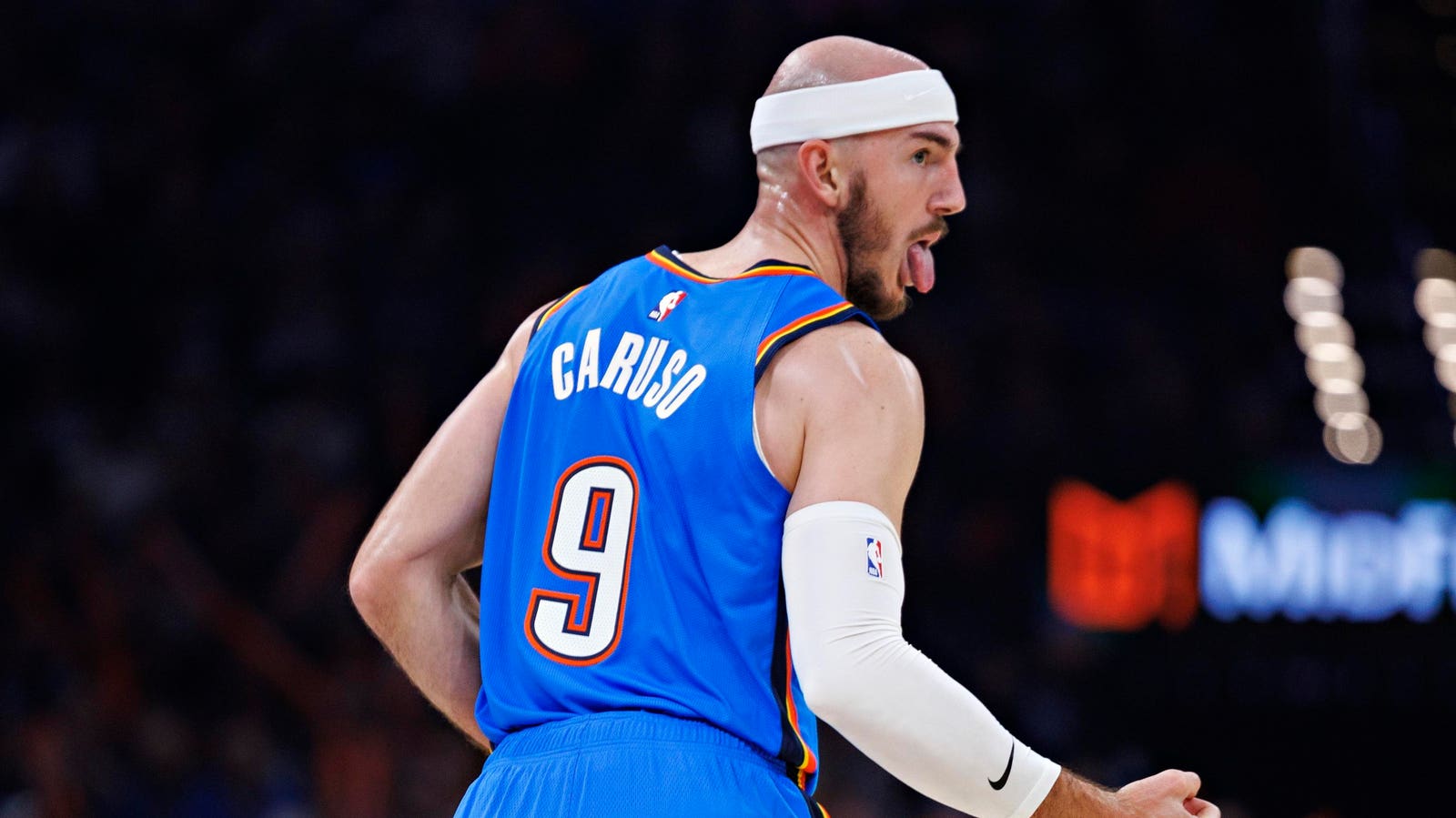The next day, Gonzaga eased past them on the back of 57 first-half points. Friday night, Nebraska (7-2, 1-1) did much the same while shooting more than 61% from the field, and nearly 63% on 2s alone.
It was the first time the Cornhuskers have broken 60% in conference play since 2015, but it’s the latter number that should concern Woodson more.
Across the past four seasons, IU’s 2-point defense has gotten progressively worse, and that trend is on pace to continue this season.
Right now, it is far too easy to drive on Indiana, score on Indiana and take games away from Indiana, all of which suggest something more fundamental than basic bad post defense. The Hoosiers are getting torn up in the paint because the entire defensive structure is failing.
It’s not by accident the three best single-game opponent 2-point shooting performances have been the Hoosiers’ three losses.
Again, we’re not talking about individual lapses. There are some, and will always be. Basketball is a high-possession game. Mistakes are inevitable.
But the correlation between these numbers isn’t by accident, even in a small sample.
Across the course of this season’s first 11 games, IU ranks 252nd nationally in opponents’ assists as a percentage of field goals made, a measure of how often an opposing team’s baskets are assisted.
Woodson said Friday night he can live with the other team making tough shots — he was referring in particular to some of the baskets Nebraska’s Brice Williams made on his way to a game-high 30 points — and that’s fair.
Too many times, they aren’t tough ones, because Indiana isn’t forcing tough ones. That assists-to-made field goals number has worsened each of the past four years too, if you’re wondering. From 93rd nationally in Woodson’s first year, to 101st his second, to 242nd his third, and 10 spots worse than that right now. Assisted baskets are often easy ones, and that’s certainly the case for IU’s opponents right now.
Forgive the flood of stats, analytics and rankings. But the eye test says what the numbers do too.
Indiana doesn’t defend the ball or ball screens at all well, leading to too much penetration. That allows for either cheap looks around the rim, as help defenders leave post players free for easy dump-and-dunks, or it opens the floor for textbook kickouts to open shooters. Because when defense fails, the help has to come from somewhere, and that means somewhere else, there’s open floor to attack.
One last number: In IU’s three losses this season, the Hoosiers have been outscored 130-84 in the paint. Unsurprisingly, Louisville — the team of those three least equipped to score back to the basket but most successful at ripping up Indiana’s halfcourt defense on the ball — enjoyed the widest margin, 48-20. Nebraska on Friday night finished 36-24 in the same column.
Despite the Hoosiers starting two all-conference-caliber post players, despite a backcourt including multiple guards skilled in pick-and-roll situations, when it’s mattered most, IU has been routed in the paint.
Sometimes, it’s been a reflection of poor offense. Every time, it’s been a reflection of bad defense.
It’s easy to look at these numbers and disconnect them. Silo them up, each as its own problem to solve.
Basketball doesn’t work that way. Everything flows together. Offense and defense are a constantly churning life cycle, each feeding the other for better or worse.
Indiana is poor around the rim right now because it’s weak along the perimeter. It is giving up too many layups and dunks because of its poor navigation of ball screens. Its rim protectors aren’t making enough of a difference because teams are pulling them out of position and attacking them where they’re uncomfortable.
Defense is too often collapsing outside in, crashing down on the Hoosiers when it’s needed most.
“They made shots, but we’ve got to be better defensively,” Woodson said Friday night after the loss at Nebraska. “I’m on these guys constantly. We work on defense. I know defense wins. Especially when you’re not making shots, it keeps you in the ball game. Tonight, they had it both ways. We weren’t making shots, and we weren’t good enough defensively.”
Misses will happen.
Road environments are difficult. Seasons wear players down. Shooters have off nights, like Indiana did Friday to the tune of 8-of-35 from 3.
Defensive breakdowns cannot be so easily dismissed, not when they are as fundamental as what’s costing Indiana valuable points and valuable wins right now. The Hoosiers even pulled down 15 offensive rebounds Friday, handing themselves a host of extra chances they simply squandered on a night when they managed to attempt 16 more field goals than Nebraska and still lost by 17.
15. 16. 17. Losing math, neatly arranged.
Sometimes basketball is a simple game. Don’t stop the ball, don’t win a thing. Indiana needs to turn that around, or this season risks going nowhere meaningful.
Listen to Mind Your Banners, our IU Athletics-centric podcast, on Apple Podcasts, Spotify or wherever you get your podcasts.


